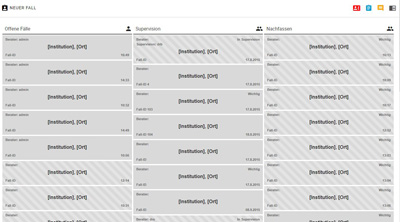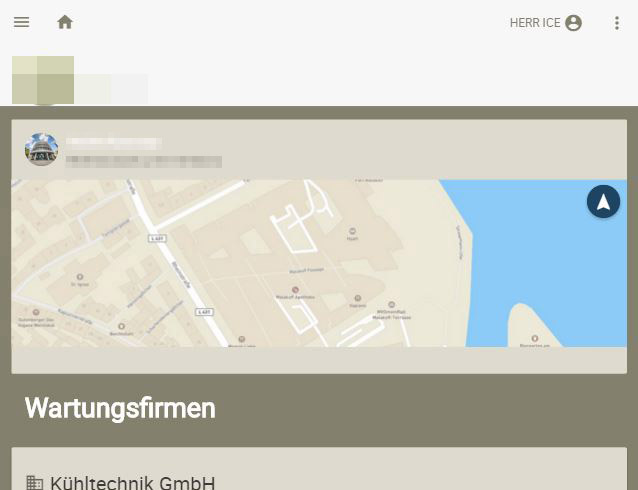HOW WE DO IT
Together with our Customers and Partners we design custom solutions for any kind of business.
We have extensive experience designing solutions of many different types. All this experience went into designing our IRIS platform.
Every project is different of course, but we over the years we found a multi-phase
with short iteration cycles to be the most effective. Usually these are 4-8 week cycles.
At the end of each iteration the end users have a usable product which is production ready and can be refined in the next cycle.
Depending on the nature of the product these cycles can be scheduled back to back or with some time in-between.
Due to the architecture of the IRIS platform, many changes in these iterations can be done worked on
live with the customer further increasing productivity and reducing latency from feature wish to final result.
Typical Project Steps
-
Step 1
Analysis

We meet with the customer or partner and get a feel of the scope of the project and create the basic forms to gather all required data.
During analysis we also think about where customized user interface controls or services are required or beneficial. Together with the customer we decide which of these are possible in the first cycle.
Using existing example implementations or sketches we decide which way to go
-
Step 2
Cycle Sign-Off
After the first step the customer and partner sign-off on the general document structure, the forms, where custom designs will needed and any custom controls or services that need to be written.
Development of custom services and control will start now, in parallel to the usual forms/designs/rules.
- Forms
- Hierarchy
- User Roles
- Hosted or On-Premises
- Designs
- Layouts
- Mobile Requirements
- Sensitive Data marked
-
Step 3
Designs
After entering some example data with the customer the designs are created and demonstrated as often as possible.
For designs that don't require custom controls or services this is done early in the cycle with some refinements at a later stage. In the beginning, this is often done with demonstration data, but real data can and should be entered right away. And since forms automatically offer data entry there is no reason not to.



-
Step 4
Commands and Rights
Entering data is only the beginning, to interact with data commands and rules need to be defined to define what can happen to the data.
In this step commands are created and assigned to sets of Rights that can later be combined as Roles to assign to Users. The commands define how the UI flows and what data changes are possible and when.
It is in this step where rules are also defined which can automatically cause actions to performed on data when certain conditions are met.
-
Step 5
Sign-Off
The customer looks at the reached state and signs off on the completeness for this cycle and mentions fine-tuning wishes or ideas for the next cycle.
-
Step 6
Delivery and Training
The system is delivered with the appropriate pre-configured accounts.
A training copy of the machine is created and a training plan is written together with the customer or partner.
We assist with introducing, designing,developing, hosting and supporting business & healthcare IT solutions. Desktop, Cloud and Mobile.

